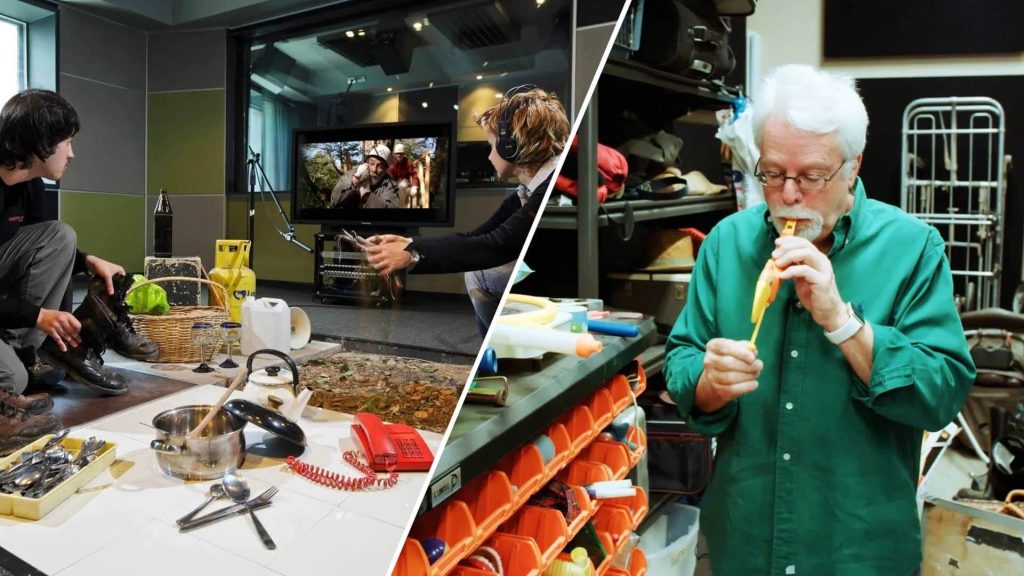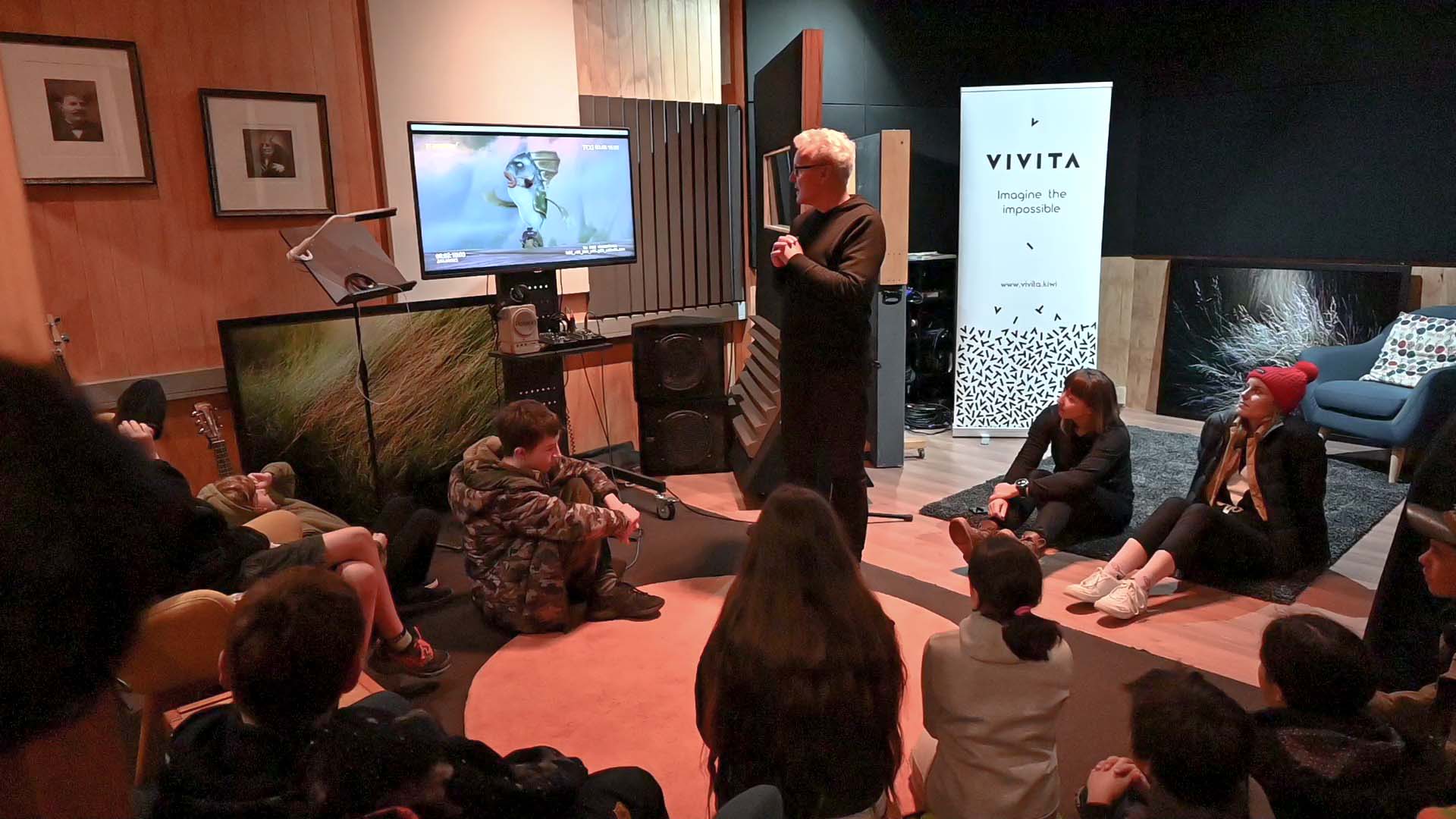In filmmaking and television production, a captivating and often overlooked art form plays a pivotal role in shaping the viewer’s experience – Foley sound effects. These seemingly mundane yet meticulously crafted auditory elements are the unsung heroes behind the immersive auditory journey accompanying the visual spectacle. This article delves into the fascinating world of Foley, exploring its significance, techniques, and the magic it brings to movies and TV shows.
The Crucial Role of Foley in Audiovisual Storytelling
Elevating Realism and Authenticity
Foley, named after its pioneer, Jack Foley, involves creating and adding sounds synchronized with on-screen actions. From the delicate rustling of leaves to the thunderous footsteps of a giant monster, Foley artists painstakingly recreate these sounds to elevate the realism and authenticity of the scenes. This attention to auditory detail transports the audience into the story’s heart, making them feel like active participants rather than mere observers.
Enhancing Emotional Resonance
Beyond realism, Foley contributes significantly to the emotional impact of a scene. The sound of a slamming door can evoke tension, a creaking floorboard can instill fear, and the subtle clinking of a champagne glass can set a romantic tone. These nuanced sound effects enhance a narrative’s emotional resonance, drawing the audience deeper into the characters’ feelings and experiences.
The Intricate Process of Foley Artistry
From Mundane to Extraordinary: Creating Sounds
Foley artists possess a remarkable ability to transform ordinary objects into extraordinary soundscapes. Using extensive props and equipment, they manipulate and interact with various materials to mimic the desired sounds. Coconuts become the clip-clop of horse hooves, crumpled paper emulates the crackling of the fire, and walking through cornstarch can replicate the sensation of walking on snow. This meticulous process requires a keen ear for detail and a deep understanding of how sound interacts with different surfaces.
Synchronization and Precision
The success of Foley lies in its seamless synchronization with the visual elements. Every footstep, door creak, or rustling leaf must align perfectly with the on-screen action. Achieving this level of precision demands collaboration between Foley artists and editors, where timing is paramount. This synchronization, when executed flawlessly, ensures that a scene’s auditory and visual aspects blend harmoniously, enhancing the overall cinematic experience.

The Unseen Artists Behind the Curtain
Masters of Sound Craftsmanship
Foley artists are more than technicians; they are masters of sound craftsmanship. Their ability to capture a scene’s essence through sound requires technical expertise and a deep connection to the story. Each sound effect is a carefully woven thread in the intricate tapestry of the narrative, contributing to the overall storytelling experience.
Evolving with Technology
While Foley’s essence remains rooted in traditional techniques, modern technology has expanded its horizons. Digital advancements have introduced innovative ways to manipulate and enhance sound effects, offering a broader palette of creative possibilities. Yet, despite technological advancements, the core principles of authenticity and emotional resonance continue to guide Foley artists in their craft.
Conclusion
The art of Foley is a testament to the power of sound in storytelling. It bridges the gap between reality and fiction, immersing the audience in a world where every sound carries significance. From footsteps echoing in eerie hallways to the swish of a superhero’s cape, Foley enriches the visual narrative, making it more relatable, engaging, and emotionally charged. So, the next time you find yourself captivated by the vivid soundscape of a movie or TV show, remember the hidden hands and creative minds that work tirelessly to bring those sounds to life – the Foley artists.

